Everything you need to know about specifications and performance - Hyundai i20 2018 - 1.0 T-GDI (101 Hp) DCT
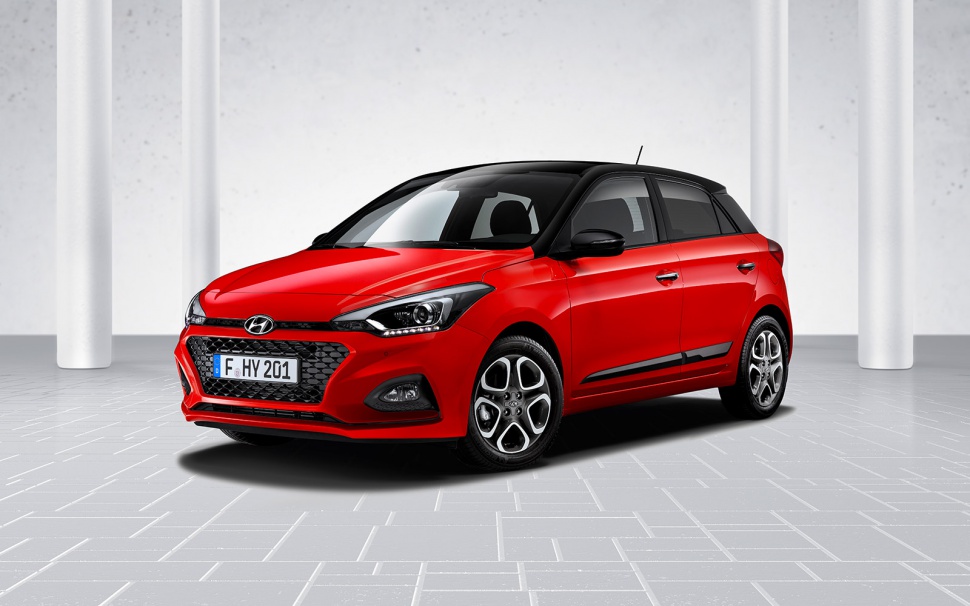
Overview:
What is the engine capacity of a Hyundai i20 2018?
The engine capacity of the Hyundai i20 2018 is 998.
Hyundai i20 2018 How many horsepower?
The engine power of the Hyundai i20 2018 is 101 Hp @ 4500 rpm..
What is the Hyundai i20 2018 engine?
Hyundai i20 2018 engine is Kappa II / G3LC. (Click to see other cars using the same engine)
How much gasoline does a Hyundai i20 2018 consume?
The Hyundai i20 2018 consumes 5.2 liters of gasoline per 100 km
General:
Engine:
Performance:
Space:
dimensions:
Powertrain, Suspension and Brakes:
See also
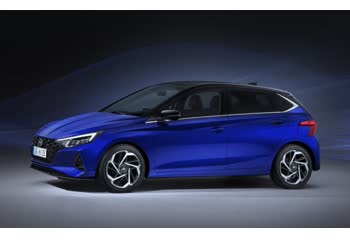
Last generation.
Its production began in 2020 until 2023
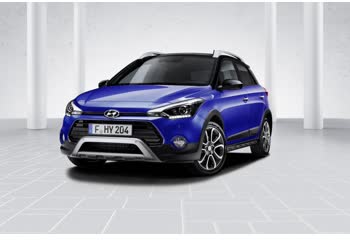
Other generation.
Its production began in 2018 until 2020
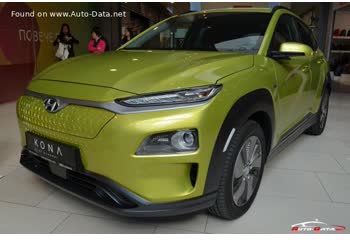
Same engine. (Kappa II / G3LC).
Its production began in 2017 until 2020

Same engine. (Kappa II / G3LC).
Its production began in 2019 until Now
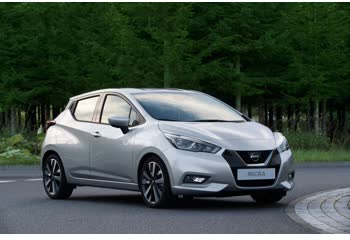
Same production year and almost the same engine capacity.
Its production began in 2018 until Now
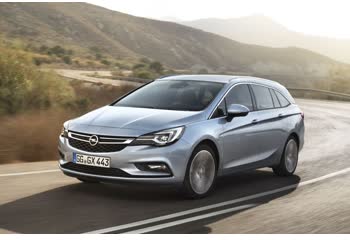
Same production year and almost the same engine capacity.
Its production began in 2018 until 2019

Write a comment